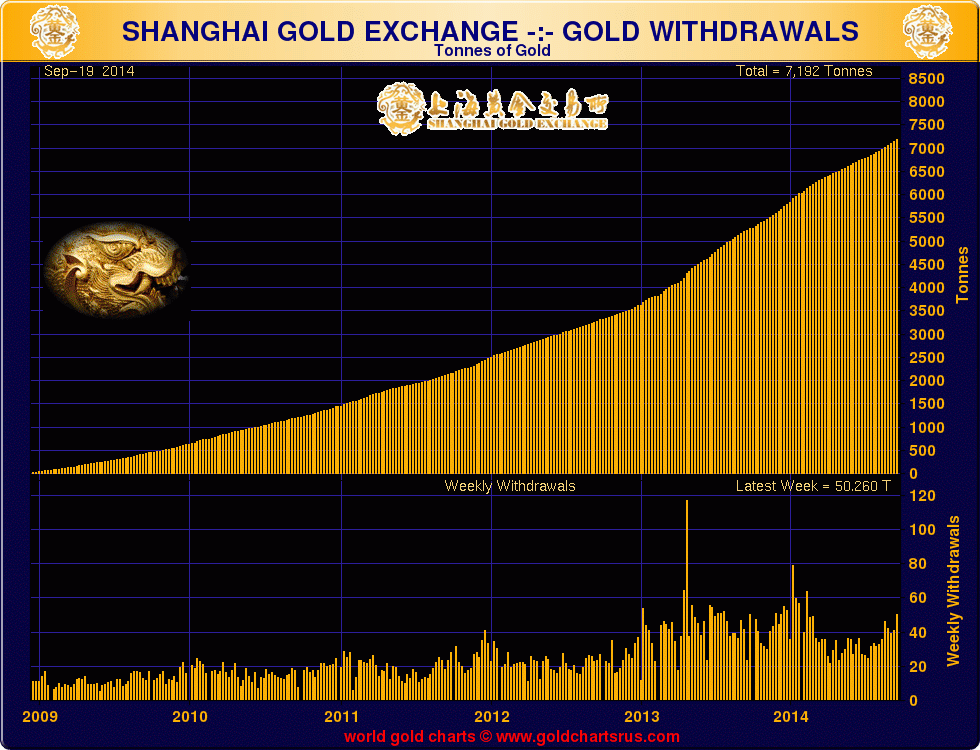Larry Fink, CEO of the
world’s largest asset manager, has sent a letter to the CEOs of the 500 largest
companies in the U.S. admonishing them for returning too much capital to
shareholders.
The New York Times story on
this tells us that Mr. Fink believes that such activity is detrimental to
investors and the companies themselves. He believes that everyone is thinking
too short-term, that we have become a “gambling society.”
Well, Mr. Fink is correct,
there does exist a capital allocation problem in the world today. The problem
is that Mr. Fink is chastising the wrong groups.
Investors and businesses
alike have an incentive to maximize their own profits. When interest rates are
set at zero, as they are today in the U.S. and below zero in much of the rest
of the world, it is quite impossible to get these two groups to focus on the
long-term.
When central banks peg rates at
artificially low levels, two things will happen:
First, savings will fall. At artificially
low interest rates, savers have less incentive to put off consumption.
Second, investment rates will
naturally decline with the decrease in the savings rate. Also, the natural
reaction of businesses to artificially low rates is to reduce investment. Since
businesses will invest to the point where marginal cost equals marginal return,
with interest rates set at zero, the marginal return on investment will also be
zero. There is no incentive to invest. In fact, without savings, they couldn’t
invest even if they wanted to.
This is why businesses want to return capital to shareholders. Business and people are reacting rationally to the interest rates forced upon them by central banks. There is no point to saving and investing if returns are set at zero. At an interest rate artificially set at zero, you will get neither savings nor investment.
Mr. Fink does not properly
recognize who the culprit is in our live for today, gambling culture. It is the
central banks that have created the mess. Everyone is forced to deal with the
state planners and their arbitrary and foolish interest rate edicts.
Given that he doesn’t
understand the problem, Mr. Fink moves on to proposing the wrong remedy.
Mr. Fink’s solution to our
problem is to adjust the tax code. He wants to increase the tax rate on
holdings of less than three years to the ordinary income tax rate, whereas
today we tax holdings of longer than one year at a lower capital gains rate.
Mr. Fink states this, “would
create a profound incentive for more long-term holdings and could be designed
to be revenue neutral.”
It would do no such thing.
Without a higher, market-based rate of interest, savings levels will be artificially
low. Remember, if returns are set at zero, there will also be no income to tax.
Taxes are not the driving factor here. If you want more investment, eliminate
the Federal Reserve. Let the market determine rates.
The New York Times seems to
believe that Mr. Fink’s asset management business has something to gain and
little to lose via these suggested changes to tax policy, as they tend to hold
investments for some time.
I suspect that Mr. Fink’s
real concern is, or at least it should be, that his business is tremendously
threatened by the choices that people and businesses are making today.
Mr. Fink’s business is
managing the savings of people and investing those savings in businesses. If
there is no savings, and businesses liquidate, there will not be much for Mr.
Fink or his employees to do in the future. Societal capital is being liquidated
and Mr. Fink’s business is, therefore, under threat.
No one can rationally
allocate capital in this environment. Savings and consumption patterns are
being massively distorted by central bank interest rate policies. No one knows
the real demand for their products, where they should be sourced from, where
they should find the capital to produce them or if they should produce them at
all.
Under such conditions, I am
certain that corporate CEOs are paying too much to buyback their shares, but
they feel forced into this situation because they know that returns on capital
that they may invest in plant and equipment are guaranteed to earn zero. They
are being as rational as possible given the information that they have been
provided by the artificially driven financial markets. Additionally, the real
capital, savings, required to increase investment does not exist. Even if executives were to heed Mr. Fink's plea, they couldn't comply.
They think their current cap rate on share buybacks is maybe 3%, and this far exceeds the zero percent that they will earn if they reinvest in their businesses. Share repurchases also push share prices up, and this is not something that too many shareholders, other than Mr. Fink, complain about. Unfortunately, the three percent is also overstated since they will certainly see returns fall in the future as they continue to liquidate their businesses. In the minds of CEOs this is a problem for tomorrow, however.
Central banks have created
quite a mess, and tax policy cannot fix it. There can be no rational capital
allocation or an increase in the amount of savings and investment as the
interest rate required to produce such a result is being massively suppressed by
the central banks.
Disclaimer: Nothing on this site should be construed as investment advice. It is all merely the opinion of the author.





